Meditation has gained immense popularity over the years, and for a good reason.
It is a practice that helps calm the mind, reduce stress, and enhance overall well-being.
While many people want to begin meditating, they often feel overwhelmed by the various techniques available.
The good news is that meditation doesn’t have to be complicated, especially when you’re just starting.
In this article, we will explore the top 10 meditation techniques for beginners that can help you kickstart your mindfulness journey.
1. Mindfulness Meditation

What Is Mindfulness Meditation?
Mindfulness meditation involves focusing on the present moment without judgment. It is one of the simplest and most accessible meditation techniques, making it perfect for beginners.
How to Practice Mindfulness Meditation
- Find a quiet space and sit comfortably.
- Close your eyes and take a few deep breaths.
- Focus on your breath as it enters and leaves your body.
- If your mind wanders, gently bring your attention back to your breath.
Benefits
- Reduces stress and anxiety.
- Enhances self-awareness.
- Improves focus and concentration.
2. Guided Meditation
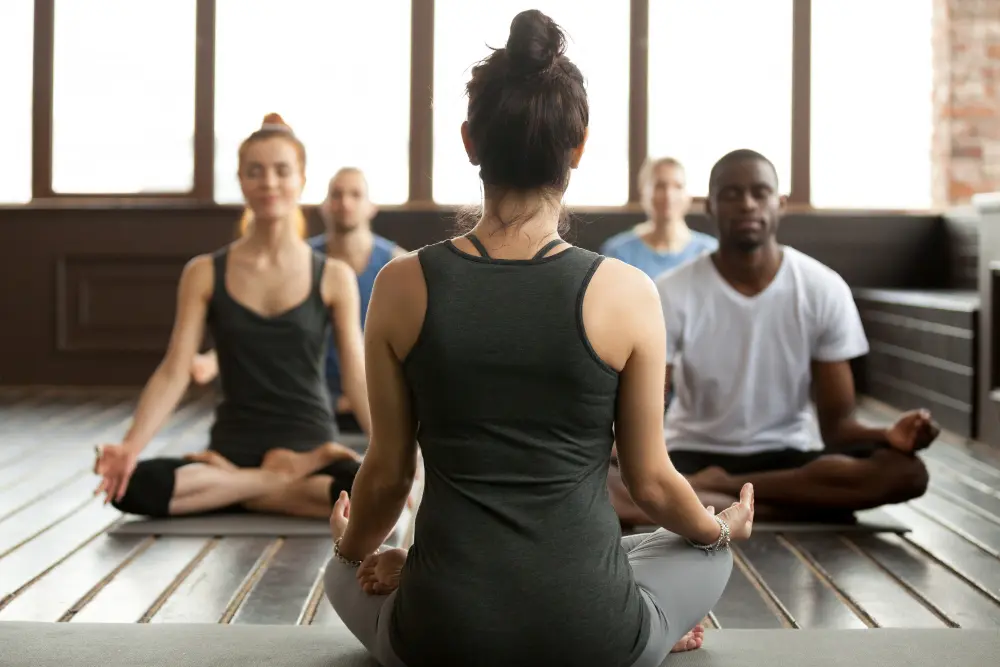
What Is Guided Meditation?
Guided meditation involves listening to a teacher or recorded guide who leads you through a specific meditation practice.
This technique is especially helpful for beginners who may need direction.
How to Practice Guided Meditation
- Choose a guided meditation app, video, or audio that resonates with you.
- Find a comfortable place to sit or lie down.
- Follow the instructions provided in the guide.
Benefits
- Provides structure for beginners.
- Helps with relaxation and visualization.
- Ideal for learning different meditation styles.
3. Body Scan Meditation
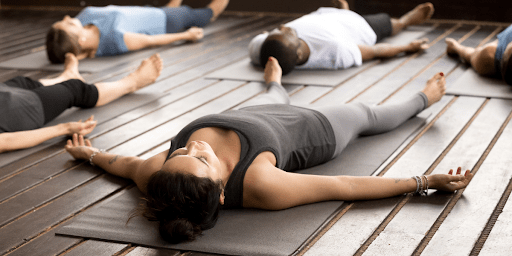
What Is Body Scan Meditation?
Body scan meditation is a technique that involves paying attention to different parts of your body, one at a time. It is an excellent way to relax and connect with your body.
How to Practice Body Scan Meditation
- Lie down or sit comfortably.
- Close your eyes and take a few deep breaths.
- Focus on each part of your body, starting from your toes and moving upward.
- Notice any sensations or tension, and release it as you exhale.
Benefits
- Promotes deep relaxation.
- Helps release physical tension.
- Enhances body awareness.
4. Breath Awareness Meditation

What Is Breath Awareness Meditation?
This technique involves focusing solely on your breath. It is simple, effective, and requires no special tools or guidance.
How to Practice Breath Awareness Meditation
- Sit or lie down in a quiet place.
- Close your eyes and take slow, deep breaths.
- Pay attention to the sensation of your breath as it moves in and out of your nostrils.
- If your mind drifts, gently bring it back to your breath.
Benefits
- Reduces stress and anxiety.
- Improves focus and mindfulness.
- Enhances lung capacity over time.
5. Loving-Kindness Meditation (Metta)

What Is Loving-Kindness Meditation?
Loving-kindness meditation focuses on cultivating feelings of compassion and love toward yourself and others. This practice helps foster positive emotions and reduce negative feelings.
How to Practice Loving-Kindness Meditation
- Sit comfortably and close your eyes.
- Take a few deep breaths to relax.
- Repeat phrases like, “May I be happy, may I be healthy, may I be at peace.”
- Gradually extend these wishes to others, including loved ones and even people you find challenging.
Benefits
- Enhances empathy and compassion.
- Reduces anger and resentment.
- Improves emotional well-being.
6. Visualization Meditation
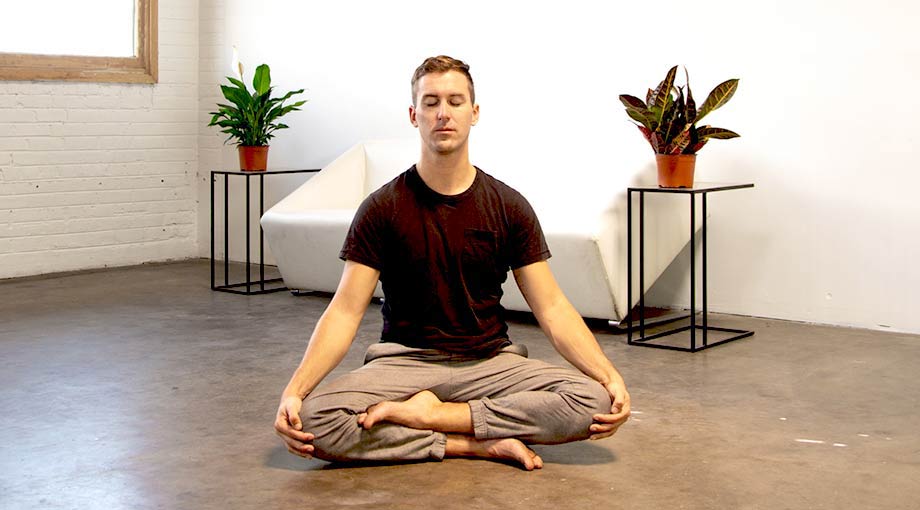
What Is Visualization Meditation?
Visualization meditation involves imagining a peaceful scene or achieving a specific goal. This technique helps improve focus and mental clarity.
How to Practice Visualization Meditation
- Sit or lie down in a comfortable position.
- Close your eyes and take deep breaths.
- Visualize a calming scene, like a beach or forest, or picture yourself achieving a goal.
- Immerse yourself in the details of the visualization.
Benefits
- Boosts creativity and motivation.
- Reduces stress and promotes relaxation.
- Helps with goal setting and manifestation.
7. Mantra Meditation

What Is Mantra Meditation?
Mantra meditation involves repeating a word, phrase, or sound to focus your mind. The mantra can be spoken aloud or silently in your mind.
How to Practice Mantra Meditation
- Choose a mantra, such as “Om” or “Peace.”
- Sit comfortably and close your eyes.
- Repeat the mantra slowly and steadily.
- Focus on the sound and rhythm of the mantra.
Benefits
- Improves concentration.
- Encourages a sense of inner peace.
- Helps eliminate distracting thoughts.
8. Walking Meditation

What Is Walking Meditation?
Walking meditation combines physical movement with mindfulness. It is a great option for those who find it difficult to sit still.
How to Practice Walking Meditation
- Choose a quiet, safe place to walk.
- Walk slowly and deliberately.
- Pay attention to the sensation of your feet touching the ground.
- Focus on your breath and the rhythm of your steps.
Benefits
- Combines physical activity with mindfulness.
- Improves focus and awareness.
- Reduces stress and clears the mind.
9. Progressive Muscle Relaxation (PMR)
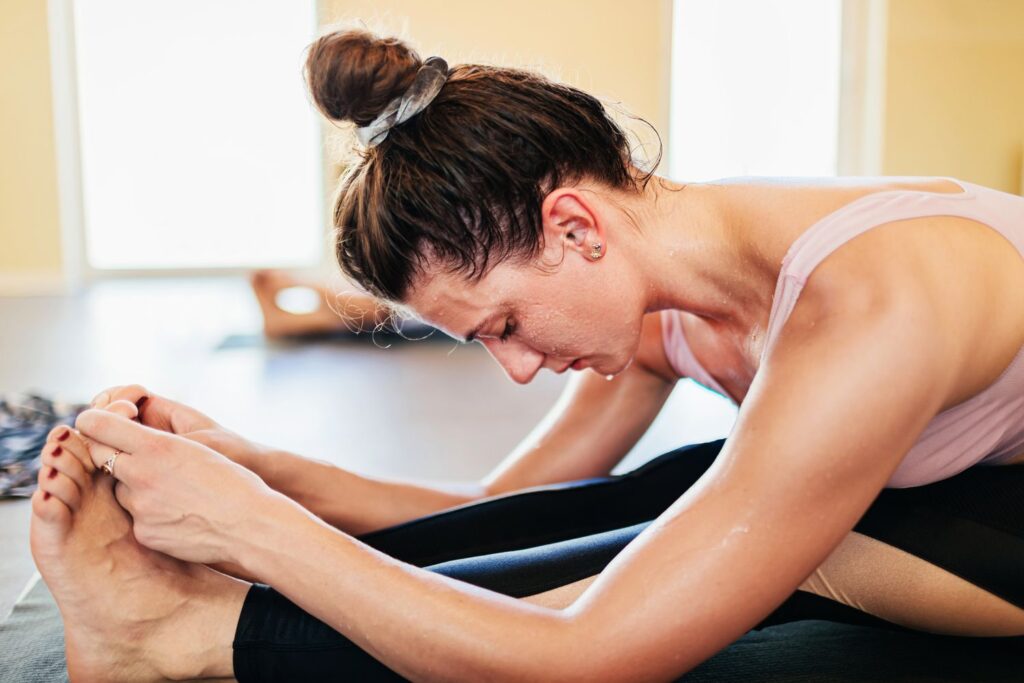
What Is Progressive Muscle Relaxation?
PMR involves tensing and relaxing different muscle groups in your body. It is an effective way to release physical tension and calm the mind.
How to Practice PMR
- Find a quiet place to lie down.
- Close your eyes and take deep breaths.
- Start with your toes: tense the muscles for a few seconds, then release.
- Gradually move upward through your body, tensing and relaxing each muscle group.
Benefits
- Relieves physical tension and stress.
- Promotes relaxation and better sleep.
- Enhances body awareness.
10. Chakra Meditation
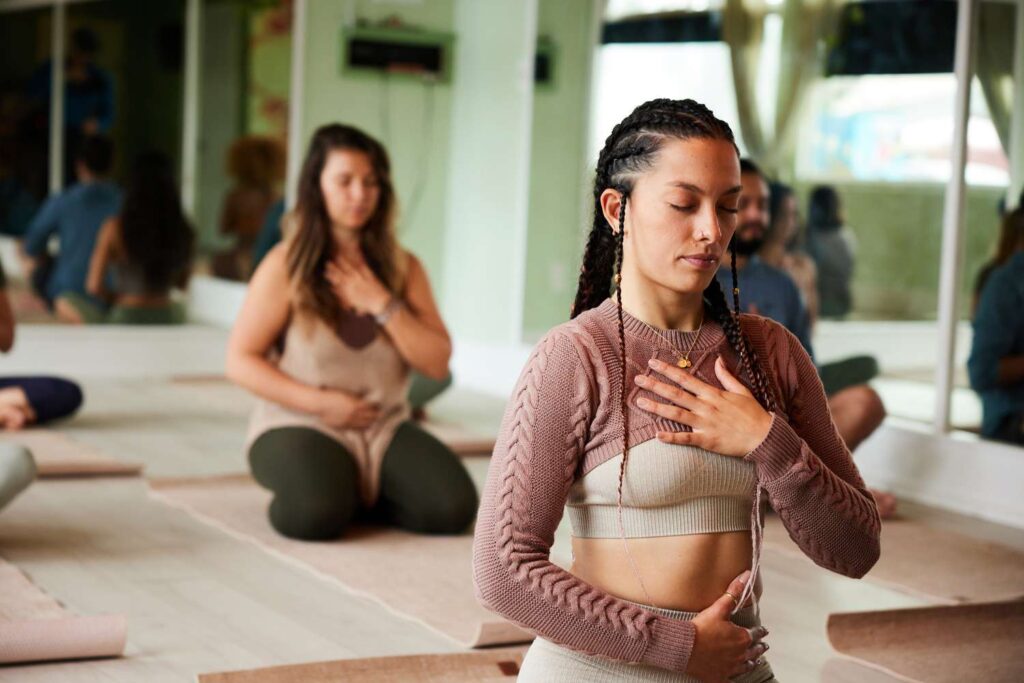
What Is Chakra Meditation?
Chakra meditation focuses on the body’s seven energy centers, or chakras. The goal is to balance these energy centers for physical and emotional harmony.
How to Practice Chakra Meditation
- Sit comfortably and close your eyes.
- Take a few deep breaths to relax.
- Focus on each chakra, starting from the base of your spine and moving upward.
- Visualize each chakra as a spinning wheel of energy and imagine it becoming balanced.
Benefits
- Enhances emotional and physical balance.
- Boosts self-awareness and inner peace.
- Promotes a sense of connection and well-being.
Unlocking the Path to Inner Peace
Meditation is a transformative practice that offers countless benefits, especially for beginners.
By trying these techniques, you can find one that resonates with you and suits your lifestyle. Remember, the key to meditation is consistency.
Even a few minutes a day can make a significant difference over time. Embrace the journey with an open heart and mind, and enjoy the many rewards that meditation brings.
Frequently Asked Questions (FAQ)
1. How often should beginners meditate?
It is recommended to meditate for 5-10 minutes daily as a beginner. Gradually increase the duration as you become more comfortable with the practice.
2. Can I meditate lying down?
Yes, you can meditate lying down, especially for practices like body scan meditation or progressive muscle relaxation. Just be mindful not to fall asleep.
3. What’s the best time to meditate?
The best time to meditate is when you can focus without interruptions. Many people prefer meditating in the morning to start their day or in the evening to unwind.
4. Do I need special equipment to meditate?
No special equipment is needed. All you require is a quiet space and a willingness to practice.
5. What should I do if my mind keeps wandering?
It is normal for your mind to wander during meditation. When you notice this, gently bring your attention back to your chosen focus, whether it’s your breath, mantra, or visualization.
